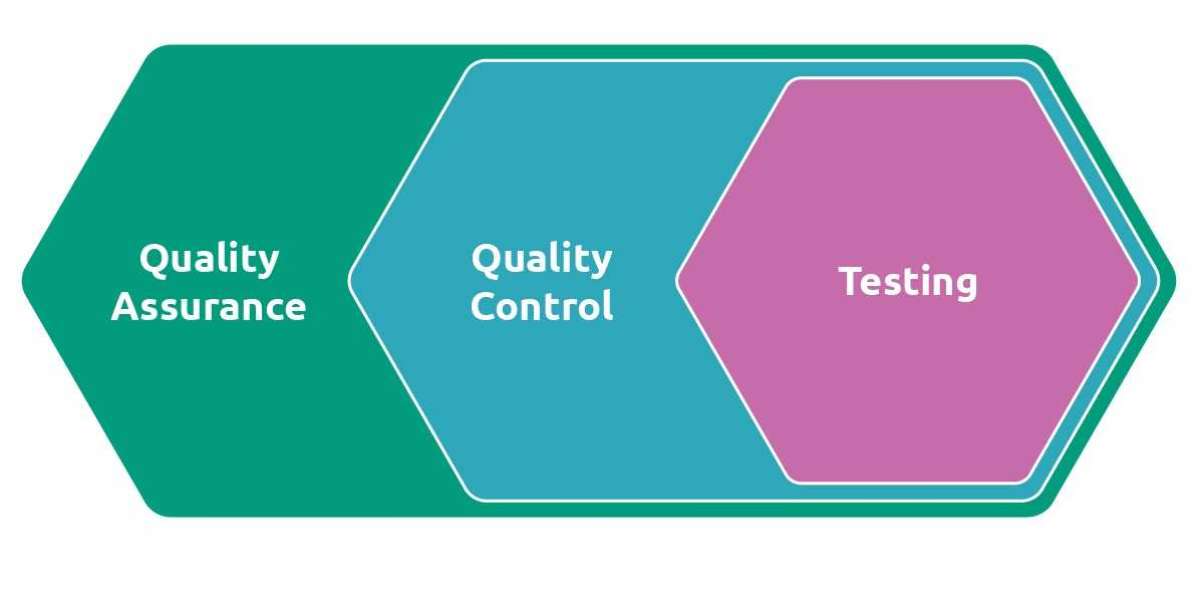This article explains how software testing and quality assurance work today. It also outlines key practices for optimizing testing and identifies the key methodologies that inform modern software testing routines.
In software development, testing and quality assurance are the processes that ensure software meets performance and usability requirements. Testing and QA may also play a role in identifying what the requirements of software are in the first place. Testing and QA have long factored into software development. Over the past decade, however, increases in the speed and complexity of software delivery cycles, along with higher quality expectations on the part of users, have led to major changes in the way many projects approach software testing.
How Do Testing and Quality Assurance Work?
There are many ways to implement testing and quality assurance within a software project. In all cases, however, the goal of modern software testing and QA is to ensure that there is a consistent, systematic process in place for assessing whether software meets quality requirements throughout the software development lifecycle. In small projects, software tests are often performed by developers themselves. Larger projects or organizations typically have a dedicated QA team that is responsible for designing, executing, and evaluating tests.
The Role of Test Automation
Most software tests can be run manually. Engineers can review code or poke around within applications by hand to assess whether quality requirements have been met. Historically, manual testing was at the core of QA. But that approach, of course, takes a long time and is not practical at scale. You can't really do unit or integration testing manually when you have new code being written every hour. Nor can you realistically perform acceptance and usability testing based on large numbers of users if you do it manually.
For these reasons, most software tests today are automated. Using specific testing and quality assurance frameworks, such as Selenium or Cucumber, engineers write tests that evaluate application code or functionality. The tests can be executed automatically (and, in many cases, in parallel), which makes it possible to run a high volume of tests in a short time. By extension, test automation allows teams to write and update code quickly without worrying about overlooking software quality problems. In a world where developers often release application updates on a weekly or even daily basis, test automation has become critical for ensuring that QA processes keep pace with the broader software development lifecycle.
What Are the Drawbacks of Testing?
The only major potential drawback of software testing and quality assurance is that, when poorly planned and implemented, it could waste time and resources without providing meaningful insight about software quality.
There are three specific risks to think about:
1.Poor test design: If you don't test the right things, your tests consume development resources without delivering much value. This is why it's critical to define software quality requirements before writing tests.
2.Slow test execution: Tests that take a long time to run may delay the deployment of application updates into production. Test automation greatly reduces this risk. So does running tests in parallel (which means running multiple tests at once).
3.Poor test coverage: Tests that only assess application quality under certain configurations or conditions may not accurately evaluate what end users will experience. For this reason, tests should be run under a variety of settings. For instance, if you are testing a software-as-a-service (SaaS) application that users access through a web browser, it's important to test how the application behaves within different browser types, browser versions, and operating systems. These aren't drawbacks of testing per se, but they are problems that arise when teams fail to plan and implement their testing routines properly. Unless you make major mistakes in this regard, there is no reason not to have a software testing and quality assurance strategy in place. Indeed, failure to test software systematically at all, as opposed to the way that teams approach testing, is where the real risk lies.








